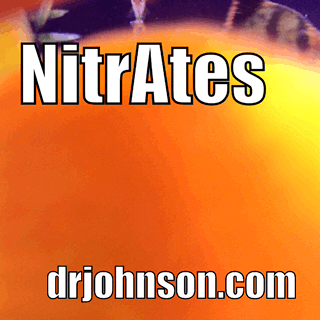Nitrate in Aquatic Animal Health
When the cycle nears completion, you know that the Ammonia has been reduced to Nitrite, and the nitrite reduced to Nitrate.
So let’s talk a bit about nitrate.
It’s basically one of the most important plant nutrients there is. Algae will use the nitrates with a little bit of phosphate to proliferate. When the cycle finishes, your pond will usually turn “pea-green”. It’s a nitrate-party. This will starve itself out in a couple of months, or you can clear the water with a UV*.

You can also add some live plants in a veggie filter or in the pond itself to compete with the algae for the nitrates.
I have used UV’s and I have also disconnected my UV’s and used nothing but a vat-full of plants to reduce algae and green-water*.
Nitrate in Aquatic Animal Health
Nitrates have been reported to be non toxic to fish. I am pretty sure it’s because when the scientists tested high levels of nitrates on the fish, they did not have any deaths in the first few weeks. So it was pronounced “nontoxic”.
Now, in clinical practice, I see a lot of sick fish, and in many instances where you cannot tack it down to one disease or another, often, you discover that the nitrate levels are high (Over 80ppm). Also anecdotally, people who keep their water exchanged out and maintain their nitrates well below 100 ppm generally and universally have healthier fish.
I will “stick my neck out” and maintain that high Nitrates (chronically over 100PPM) causes defects in the immune system and increases the vulnerability of the fish to disease. You will also see dilated blood vessels in the fins of fancy goldfish when the nitrate levels are high.
SHORT AND SWEET: Nitrates should be kept below 100 PPM. You can do this by encouraging the growth of plants and algae in the pond, and with partial water changes done at least every other week.







